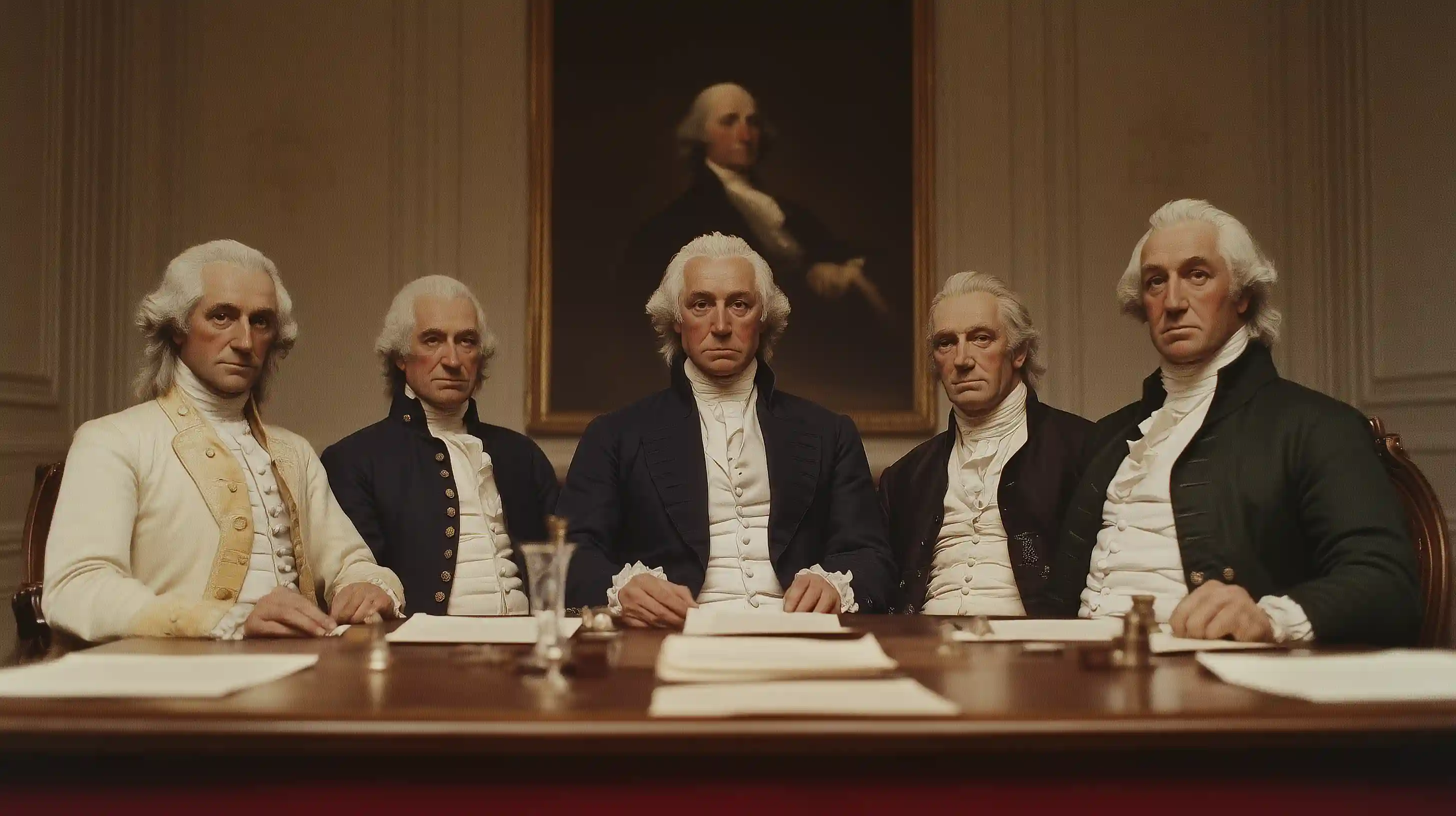The Role of the Constitution in the United States

Louis Mbuyu
December 19, 2024
1
A Blueprint for Governance
The Constitution is the foundational document that defines how the U.S. government operates.
2
The Preamble: A Mission Statement
The Preamble outlines the Constitution’s purpose, serving as a mission statement for the nation.
3
Separation of Powers: Dividing Authority
The Constitution ensures that power is distributed across three branches of government.
4
Checks and Balances: Accountability in Action
The Constitution’s system of checks and balances ensures no branch operates without oversight.
5
Federalism: Balancing National and State Powers
The Constitution establishes federalism, sharing power between national and state governments.
6
The Bill of Rights: Protecting Freedoms
The first ten amendments to the Constitution safeguard fundamental individual rights.
7
Amendments: Adapting to Change
The Constitution can be amended to address new societal needs and challenges.
8
Judicial Review: Interpreting the Constitution
Judicial review allows courts to evaluate the constitutionality of laws and actions.
9
Supremacy Clause: The Constitution’s Ultimate Authority
The Supremacy Clause establishes the Constitution as the highest law of the land.
10
The Elastic Clause: Flexibility in Governance
The Elastic Clause allows Congress to address unforeseen challenges.
11
The Constitution as a Symbol of Unity
The Constitution is more than a legal document—it’s a symbol of national identity.
12
Challenges to Constitutional Interpretation
Interpreting the Constitution remains a complex and evolving challenge.




